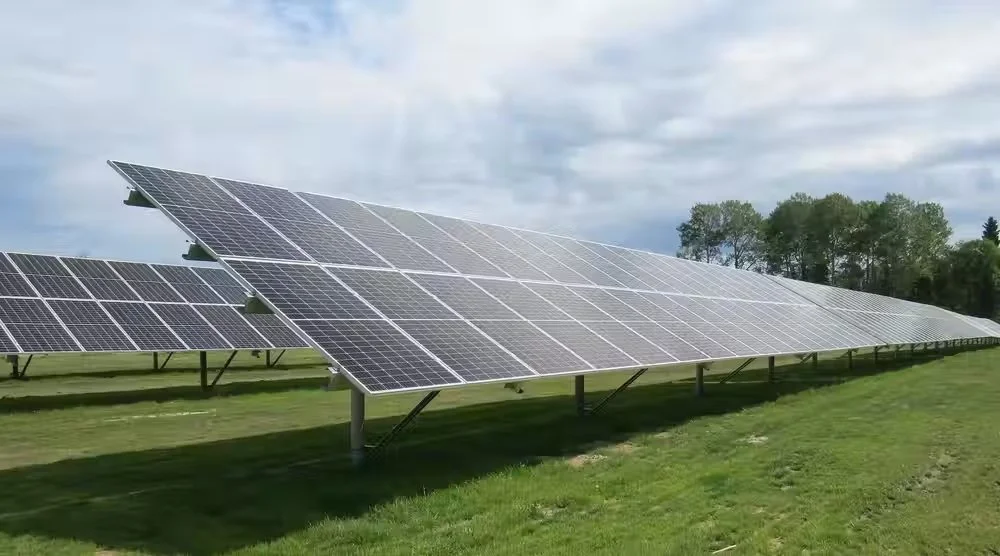Microgrid Helps Indigenous Canadians Use Less Diesel, Have More Energy Independence
Source: Kevin Ritzmann, Shawn Bremner, Peter Bright | · T&D WORLD · | April 8, 2022
Using solar, battery storage and grid technology, a microgrid helps to reduce the use of diesel fuel by 30% in a remote First Nations community.
Source: T&D World
According to its government, Canada has more than 630 Indigenous and nearly 300 remote communities, with many more in the U.S., Australia and other countries around the world. For the Indigenous and remote communities left off the main electrical grids in outlying areas across Canada, finding reliable energy resources — that also are from clean renewable power — has been challenging. Historically, diesel fuel has been one of the only off-the-grid energy sources for these communities, but diesel tends to be expensive because it must be transported by land or sea and has some serious environmental and human health pitfalls, including noise, air pollution, fire risks and spill risks.
Luckily, a solution to this challenge exists — one that uses natural weather resources, microgrids and battery storage. In more recent years, utility-scale renewable-energy technology improvements have made renewable energy accessible. Increased production has made wind, solar and energy storage equipment more of a commodity, and large-scale production has paved the way for reducing costs and making projects more viable.
Gull Bay Project
Gull Bay, Ontario, Canada, is home to an Ojibway Nation, Kiashke Zaaging Anishinaabek, where nearly 375 residents live on the reserve and just under 100 homes and 13 community buildings had been using diesel generators since the 1960s.

